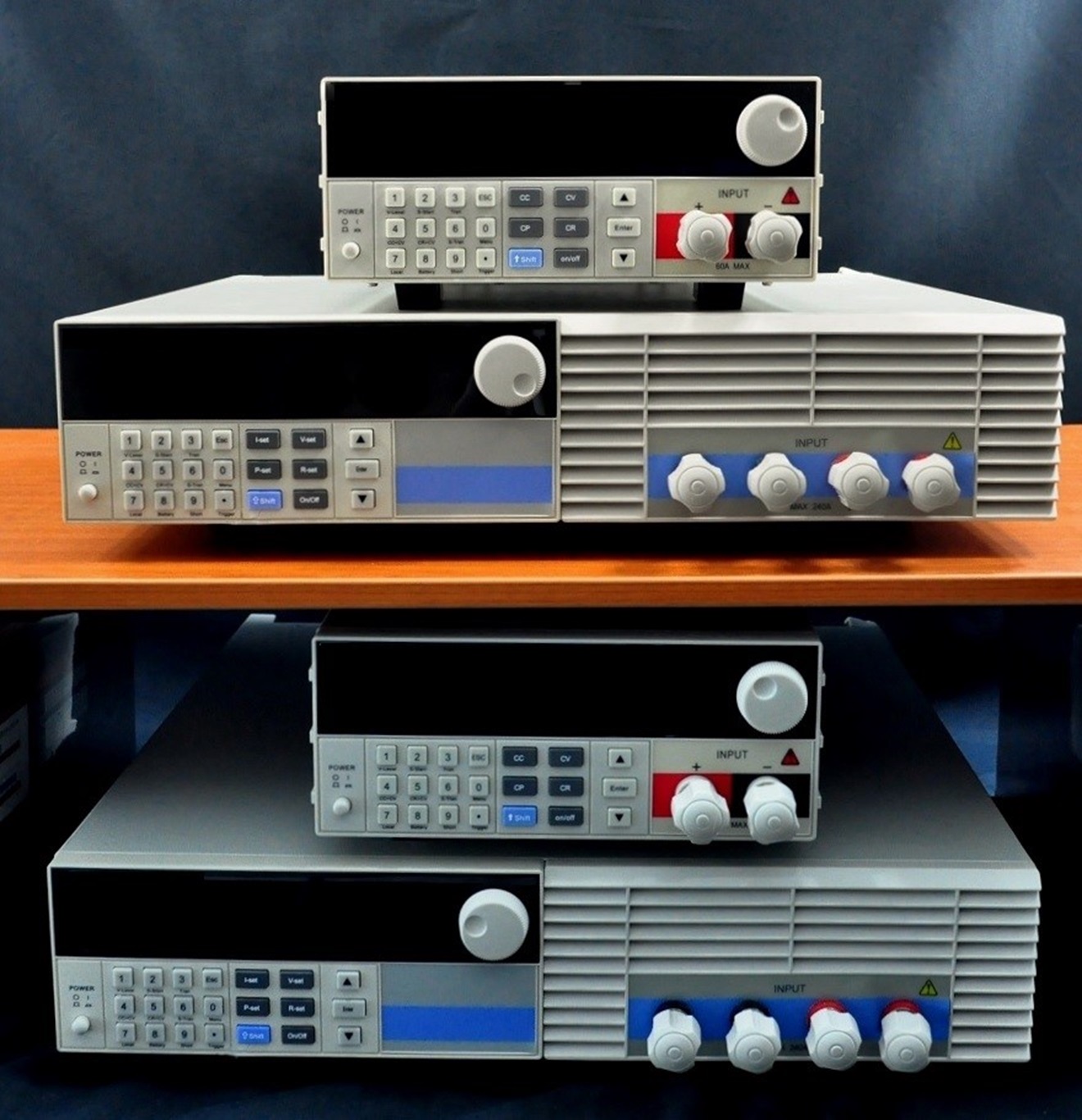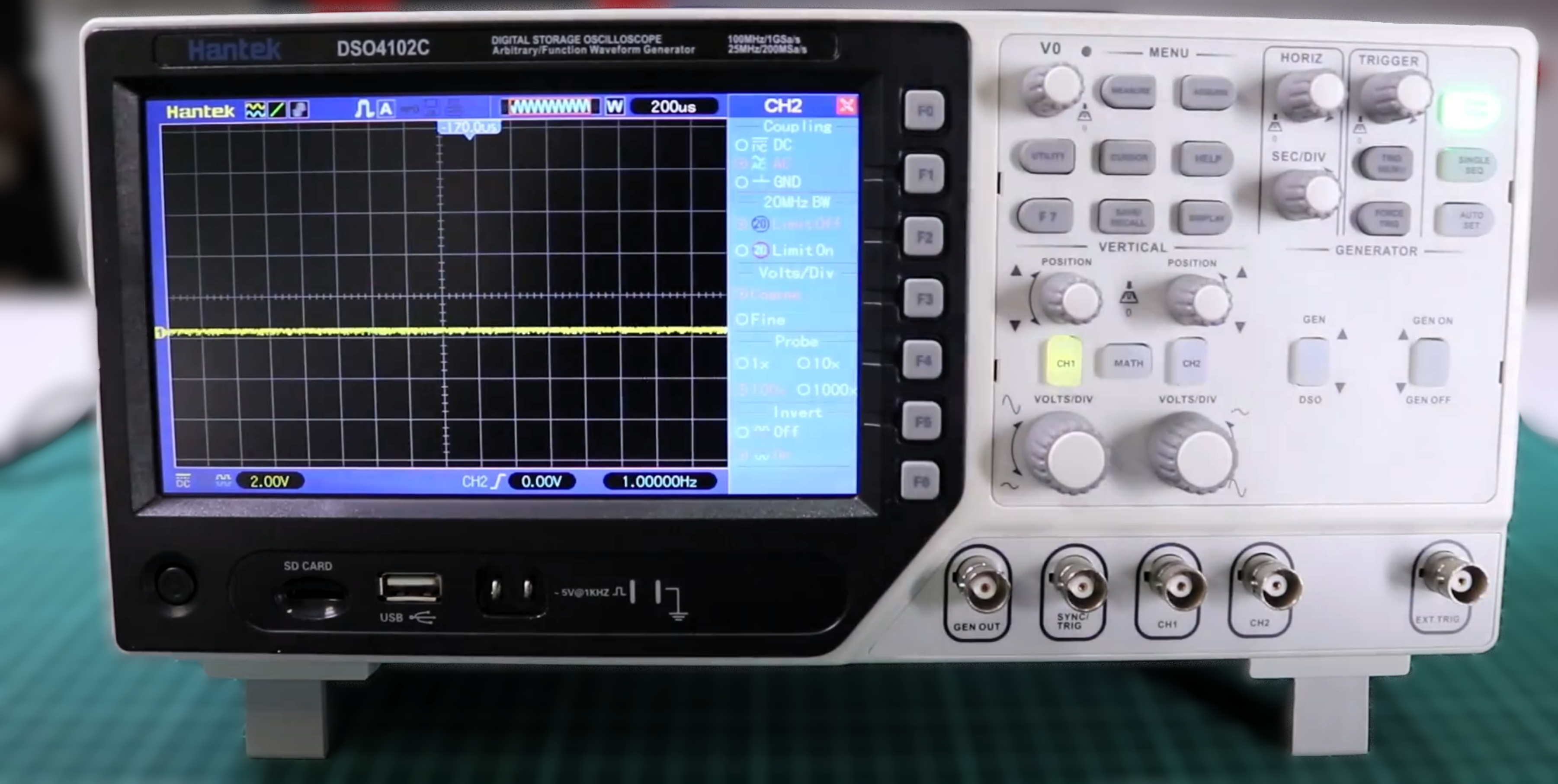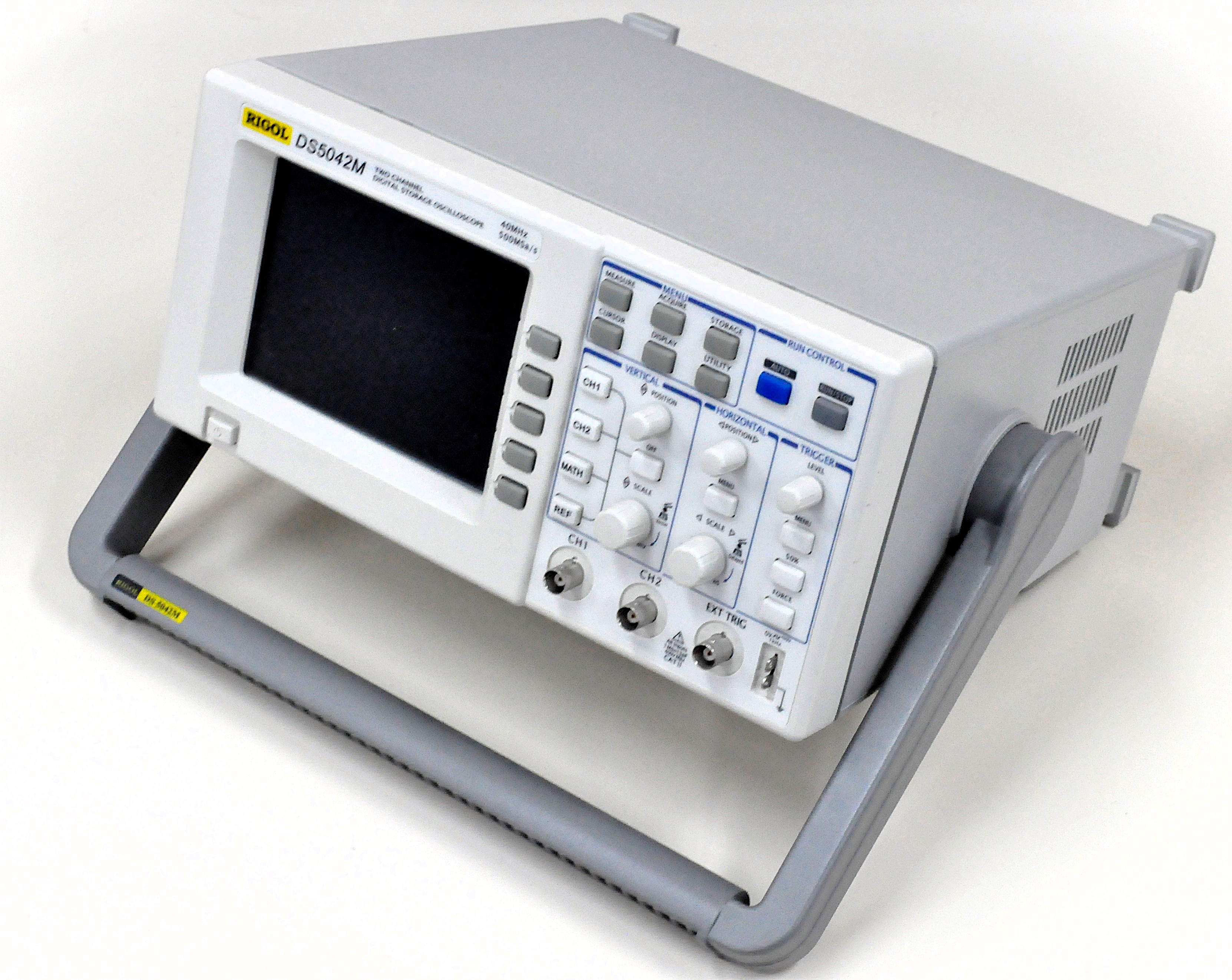How We Test Power Supply Units
Our methodology, testing equipment, and benchmarks.
Effective PSU evaluation requires specialized equipment and controlled procedures, far beyond basic multimeters and ad-hoc load tests. The setup used incorporates programmable electronic loads, precision oscilloscopes, power analyzers, thermal/acoustic instrumentation, and custom fixtures of our own design to ensure repeatable and standards-compliant results.
Electronic Loads

Two high-precision Maynuo M9714 (1200 W) and two Maynuo M9711 (150 W) programmable DC loads are used. This configuration allows up to 2400 W to be drawn from the +12 V rails and 150 W from each of the +3.3 V and +5 V rails. Their fast response enables both static and transient load testing. We also have two Vantec CA5015 loads (150W each) for secondary tests (e.g. 5VSB checks, etc).
Oscilloscope

A Hantek DSO4102S is used, with a maximum bandwidth of 100 MHz and digital acquisition capabilities.

A Rigol DS5042M digital oscilloscope is also employed, featuring 40 MHz bandwidth and a 500 MSa/s real-time sampling rate. Both are suitable for ripple and noise testing as per the ATX design guide.
Power Measurement
Input power is monitored with an Extech 380803 power analyzer, which provides true RMS readings and accounts for harmonic distortion generated by switching PSUs. The AC input is regulated via a 3000 VA VARIAC, maintaining precise 230 V/50 Hz conditions. We also test the units at 115 V/50 Hz. At present, 110 V/60 Hz testing is not supported due to the absence of a high-output programmable AC source.
Thermal Monitoring
Thermal performance is tracked using UNI-T UT-325 digital thermometers with four probes: ambient air, PSU exhaust, and primary/secondary heatsinks. This allows detailed temperature mapping under different operating conditions.
Acoustic Testing
Fan speed is recorded with a laser tachometer, while acoustic output is measured using an Extech HD600 sound level meter. Since active load equipment generates noise, acoustic testing is performed separately with the PSU fan powered by a custom fanless DC power supply. Noise is correlated against RPM data, with a measurement environment baseline of ~30.4 dB(A).
Get Tom's Hardware's best news and in-depth reviews, straight to your inbox.
Environmental Simulation
A custom-built hot box simulates in-case thermal conditions. It consists of a closed chamber with a controlled air-heating element, managed via a DAQ and software. Tests are performed at both room temperature (~25 °C) and elevated hot box conditions (45–50 °C) to evaluate efficiency and stability under realistic system thermals.
Test Procedures
All testing follows Intel’s ATX Design Guide and the Generalized Test Protocol for Internal AC-DC and DC-DC Power Supplies, ensuring standardized methodology. Where guidelines are insufficient (e.g., transient and cross-load testing), custom procedures are applied, such as loading rails independently to simulate demanding scenarios. Efficiency is tested from 5% to 100% load, exceeding the standard 20%–100% certification points to reflect modern idle power behavior.
MORE: Best Power Supplies
MORE: All Power Supply Articles
MORE: Power Supplies in the Forums

Aris Mpitziopoulos is a contributing editor at Tom's Hardware, covering PSUs.
-
JPNpower Nobody can fault you guys for not being thorough enough! All we can wish for is that you do these tests a bit more often. I'm at a loss how to navigate the PSU field, and a "Best Picks" section for PSU's would be tremendously helpful.Reply -
Nuckles_56 Really good article, it is now nice and clear how you guys go and test the power supplies, and as JPNpower said, no one can fault you guys for not being thorough enough.Reply -
ykki @JPNpower= I also think a best psu for the money article would be nice but the power supplies in the market pretty much stay the same. We may go for months before seeing any change in the list.Reply -
damric Looks legit, Aris.Reply
THW used to be the laughing stock of PSU reviews, but your recent reviews have changed all of that.
Keep up the good work! -
damric ReplyNobody can fault you guys for not being thorough enough! All we can wish for is that you do these tests a bit more often. I'm at a loss how to navigate the PSU field, and a "Best Picks" section for PSU's would be tremendously helpful.
@JPNpower= I also think a best psu for the money article would be nice but the power supplies in the market pretty much stay the same. We may go for months before seeing any change in the list.
I'll make one and submit it through bb-71 to get stickied. -
ykki Reply15570872 said:I'll make one and submit it through bb-71 to get stickied.
OK. If someone makes a psu list I'd rather see it from you (or the mods). Good luck. -
damric Reply15570891 said:15570872 said:I'll make one and submit it through bb-71 to get stickied.
OK. If someone makes a psu list I'd rather see it from you (or the mods). Good luck.
It will be a group effort for sure :) -
iam2thecrowe It would be nice if all manufacturers could do this testing and publish results when they build the things, or even better for it to be a requirement. Then at least there would be less junk PSU's on the market.Reply -
ykki Reply
Or more fake reviews.15571045 said:It would be nice if all manufacturers could do this testing and publish results when they build the things, or even better for it to be a requirement. Then at least there would be less junk PSU's on the market.